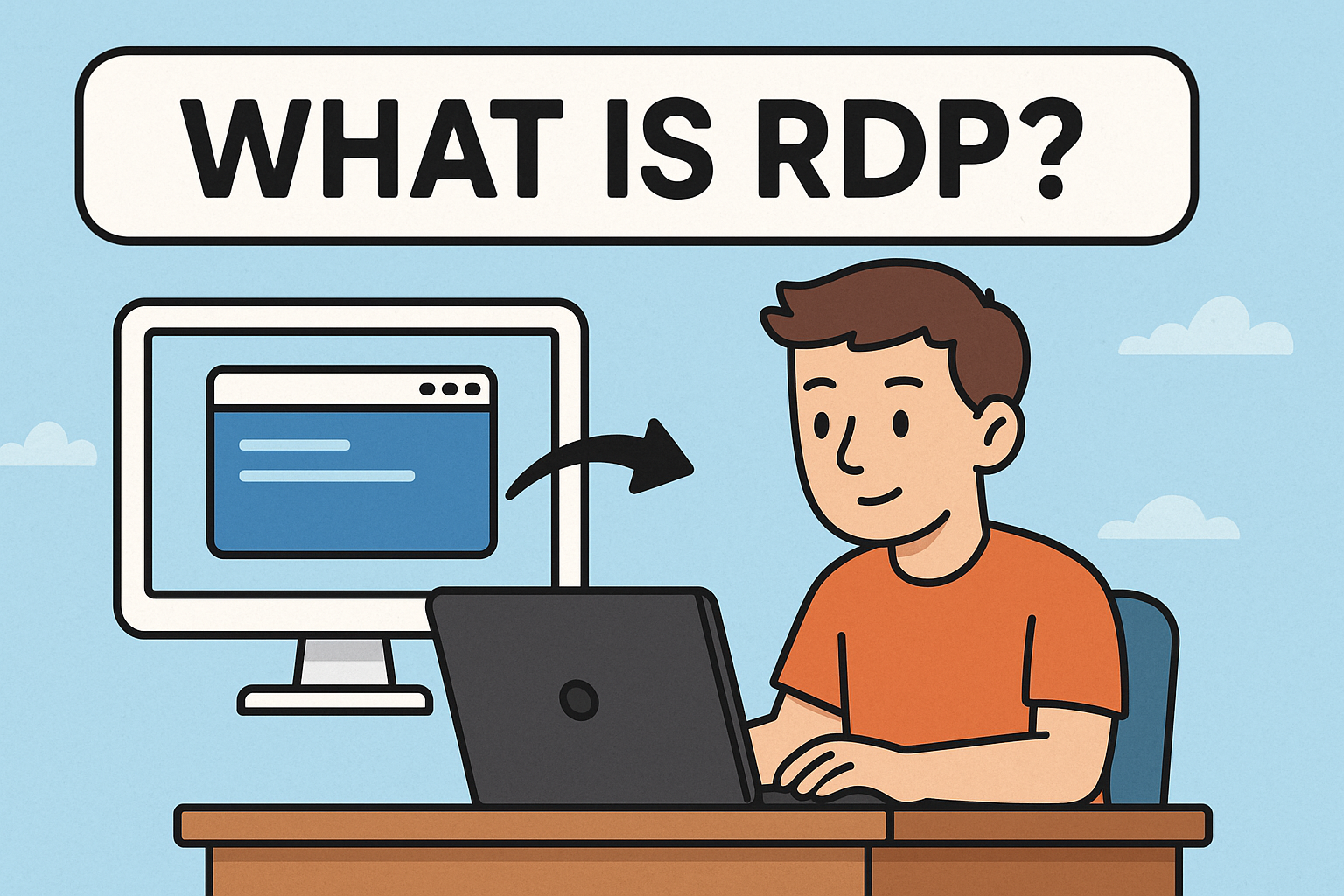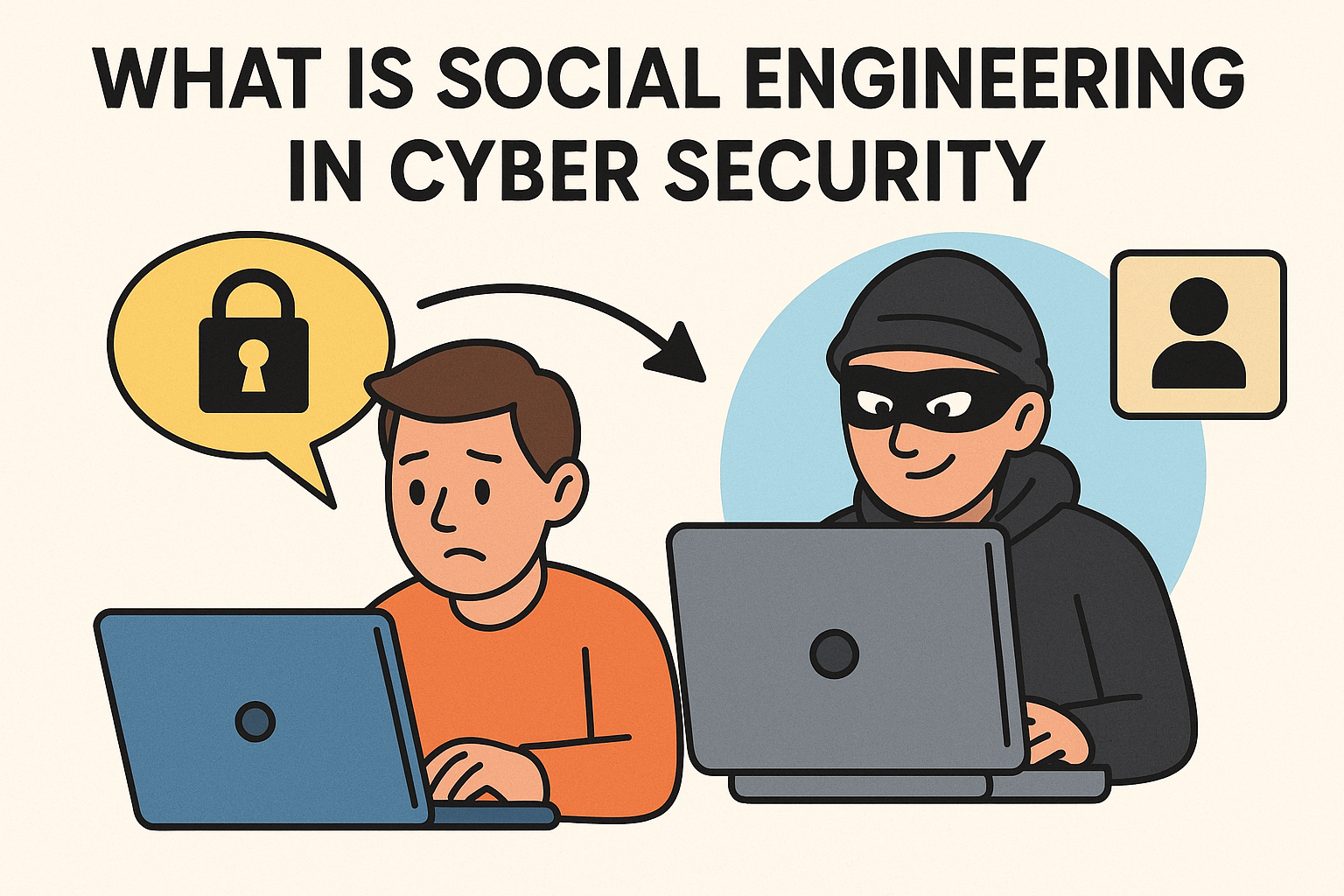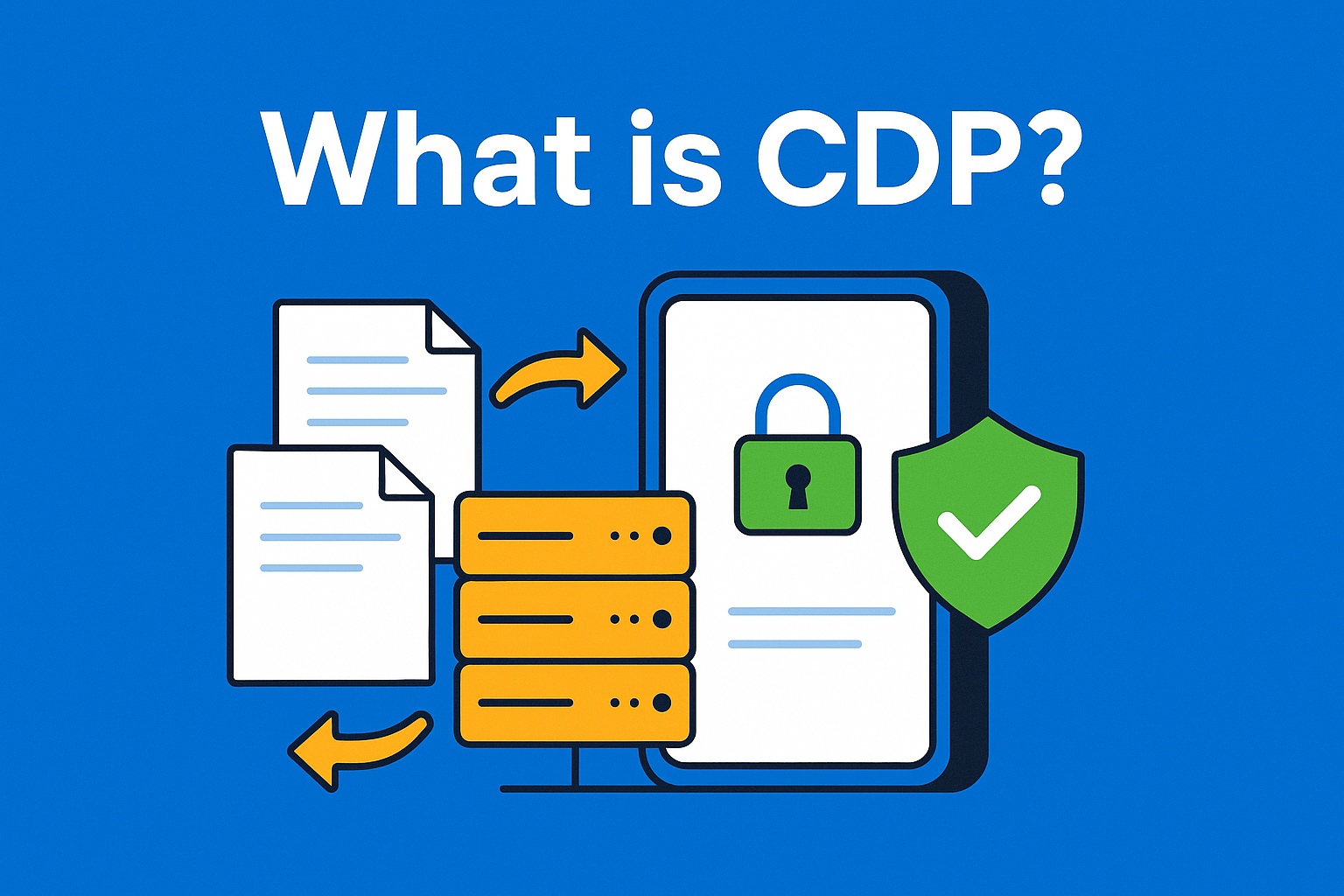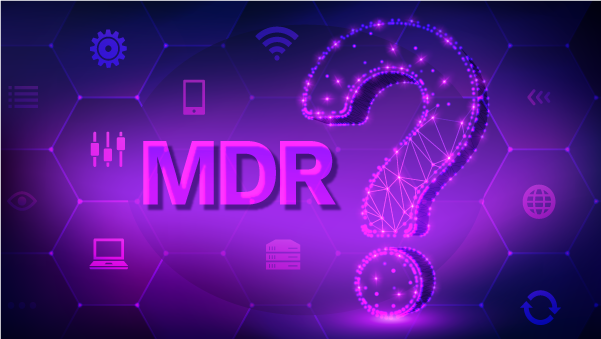What Is the Biometrics? Understanding Its Role in Modern Security
Updated on July 4, 2025, by Xcitium
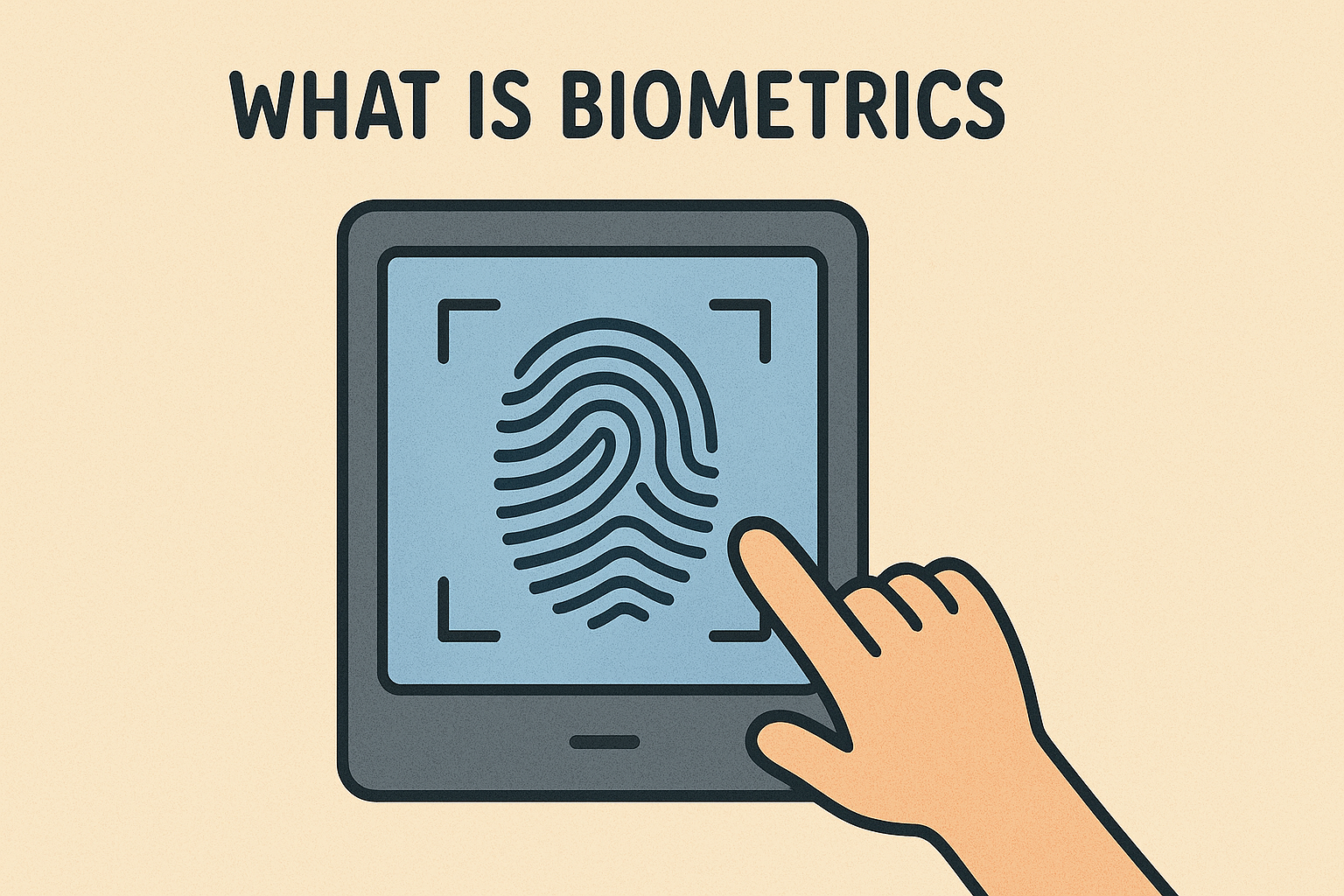
In a world where passwords are easily hacked and PINs are frequently forgotten, biometric authentication is transforming the way we secure our digital lives. But what is the biometrics, and why is it becoming the gold standard for secure identity verification?
Biometrics leverages unique human characteristics—like fingerprints or facial structure—to verify identity. From unlocking smartphones to accessing bank accounts, biometric systems are everywhere. For cybersecurity professionals and IT leaders, understanding biometrics is critical for future-proofing security infrastructure.
What Is the Biometrics?
Biometrics refers to the measurement and statistical analysis of people’s unique physical and behavioral characteristics. In security systems, biometric authentication identifies and verifies individuals based on traits such as fingerprints, voice patterns, or facial recognition.
In simple terms, the biometrics is how your body can act as your password—secure, unique, and nearly impossible to duplicate.
Biometrics Definition in Computer Science
In computing, biometrics is used for identity authentication and access control. Biometric systems capture and store biometric data, compare it with a stored template, and confirm a match before granting access.
🔐 Common applications include:
- Secure device access (phones, laptops)
- Border control and immigration
- Time and attendance systems
- Bank and fintech authentication
Types of Biometrics You Should Know
Biometrics can be broadly divided into two types: physical and behavioral.
A. Physical Biometrics
These are traits based on your body’s structure.
- Fingerprint: Most common in smartphones and access points.
- Iris Scan: Highly accurate, used in airports and defense.
- Face Recognition: Popular in surveillance and mobile devices.
- Hand Geometry: Used in workplaces for time tracking.
- DNA: Used in forensics and high-security authentication.
B. Behavioral Biometrics
These rely on patterns in your behavior.
- Voice Recognition
- Keystroke Dynamics
- Gait (walking pattern)
Biometrics Examples in Daily Life
Here are some real-world biometrics examples that you might use every day:
| Application | Biometric Used | Purpose |
| Smartphone Unlock | Fingerprint, Face ID | Secure personal device |
| Banking Apps | Voice Recognition | Authenticate transactions |
| Airports | Iris/Facial Scan | Passport control |
| Offices | Fingerprint Scanner | Time tracking |
The 7 Characteristics of Biometrics
For a trait to be considered biometric, it should satisfy the following characteristics:
- Universality – Present in every person
- Uniqueness – No two people have the same traits
- Permanence – Remains stable over time
- Collectability – Easily measurable
- Performance – Quick and accurate recognition
- Acceptability – Comfortable for user adoption
- Circumvention Resistance – Difficult to forge
These traits make biometrics a superior alternative to passwords and smart cards.
Advantages of Biometrics
Why should your organization adopt biometrics? Here are the top benefits:
- 🔐 Enhanced Security: Hard to replicate or steal
- 🔄 Convenience: No need to remember passwords
- ⏱️ Speed: Instant authentication
- 🛡️ Fraud Reduction: Reduced risk of identity theft
- 💸 Cost-Effective: Reduces dependency on helpdesks for password recovery
Biometrics is especially crucial in zero-trust security models, where user identity must be verified continuously.
Biometric System: How It Works
Here’s how a biometric system operates:
- Enrollment: User provides a sample (e.g., fingerprint)
- Storage: System converts it into a digital template
- Capture: When access is needed, a new sample is taken
- Comparison: The new sample is matched against the stored template
- Authentication: If matched, access is granted
🔁 This process ensures both speed and accuracy with minimal user input.
Construction of a Biometric System
A typical biometric system comprises:
- Sensor (to capture data)
- Feature Extractor
- Database
- Matcher
- Decision Module
Each component ensures accurate authentication and protection against spoofing attempts.
Use of Biometrics in Cybersecurity
In cybersecurity, biometrics help:
- Replace traditional passwords (multi-factor authentication)
- Monitor behavioral patterns (continuous authentication)
- Detect anomalies (insider threats)
📌 For IT managers and CISOs, integrating biometrics enhances security without compromising user experience.
Challenges & Considerations
While promising, biometrics does have concerns:
- Privacy Risks: Biometric data is sensitive and irreversible
- False Positives/Negatives: Errors in matching can occur
- Spoofing: Advanced forgeries can fool some systems
- Cost: High initial setup for enterprise systems
Mitigating these risks requires robust encryption, secure storage, and regular audits.
FAQ: Frequently Asked Questions About Biometrics
1. What is the biometrics used for?
Biometrics is used for identity verification in smartphones, banking, border control, healthcare, and secure systems.
2. What are the 7 characteristics of biometrics?
They include universality, uniqueness, permanence, collectability, performance, acceptability, and resistance to circumvention.
3. Is biometric data secure?
Yes, but only if it is encrypted, stored securely, and governed by strong privacy policies.
4. Can biometrics be hacked?
While difficult, it’s not impossible. That’s why secure storage and multi-layered protection are crucial.
5. What types of biometrics are most common?
Fingerprint scanning, facial recognition, and iris scans are the most widely used in commercial settings.
Final Thoughts: Biometrics Is More Than a Trend—It’s a Security Essential
So, what is the biometrics? It’s the technology that’s redefining authentication, convenience, and digital trust. Whether you’re managing enterprise infrastructure or designing future-proof user access systems, biometrics offer the balance of security and usability you need.
As threats evolve, so must our defenses. Biometrics isn’t just a trend—it’s a cornerstone of modern cybersecurity.
Ready to Implement Enterprise-Grade Biometric Security?
🛡️ Discover how biometrics can fortify your organization’s defenses.
👉 Request your free Xcitium demo today and get ahead of cyber threats before they reach you.





